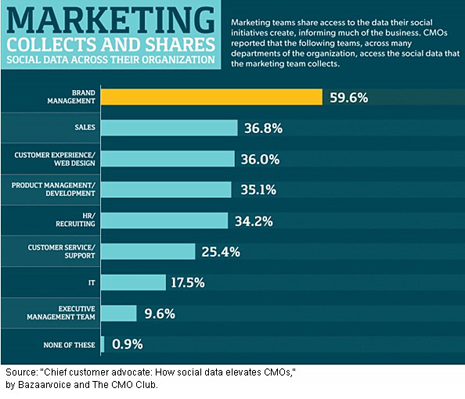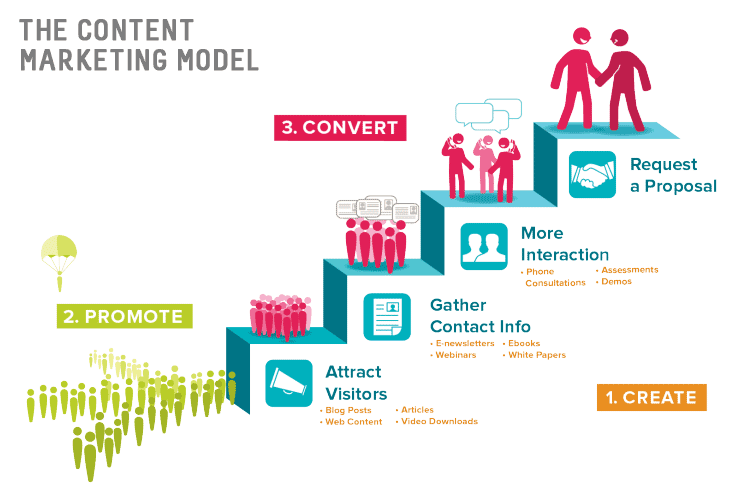
RSS (or "straightforwardsyndication") can be a great way of staying up to date on new content. You can also automate your email newsletter with RSS. Here are some ways to get started. You can personalize your feeds by changing your settings. But if you want to make it easier for your readers to subscribe, consider creating an RSS-powered email newsletter instead of manually writing and sending out a newsletter.
RSS stands for "straightforward syndication"
RSS is an acronym that stands for "rich site summary" and can be used to syndicate your content. RSS stands out as "rich website summary", and these are text files that provide information about your website. These text files can be then imported into a feed reader to create a stream of updates that you can send to your subscribers. The advantage of RSS is that it's completely customizable - you can change your subscription preferences at any time, with just a single click.
RSS can be subscribed to through a news portal website. This pulls information from many websites and displays it as a single machine-readable feed. This format allows users to keep track of multiple websites via one news portal. It checks for new information every day. A reader can automatically download new content. This can be a time-saver and a cost-saving feature. Enter the RSS feed URL and click "Subscribe".
RSS feeds are an excellent way to keep track of new content on a website.

RSS feeds offer a great tool for marketers as well. Staying informed is key to conversions and sales. RSS feeds offer many benefits. Let's take a look at some of the benefits. For one thing, they can be read on the go. RSS feeds are great for vacation reading. Even better, they can also be used to push content on social media.
An RSS feed is created on the website and sent to a feed reader. When there is an RSS feed, most Web browsers of the current generation display an orange square icon. You can subscribe to an RSS Feed and see new content from various websites. The content is presented chronologically. You'll be notified when the website posts new material by subscribing for a feed
You can customize RSS feeds
The RSS feed builder allows you to specify a few basic settings for your feed. The RSS feed builder gives you the option to include or exclude specific spaces, track comments, and choose how many feeds to display. You can then customize your WordPress feed by selecting these options. A single license costs approximately $80. Feedzy includes WordAi integration and Gutenberg compatibility. Unfortunately, Feedzy is not available in a free edition.
First, choose the field that you wish to display in your RSS feed. If the field is blank, type in the name of the feed. Next, click on the link to select the description and post title from the list. If the message's size exceeds 10KB, you can choose to automatically trim them. Complete any additional fields as necessary. Google Chrome users can use the "Inspect Link” option to inspect the source code of their website.
RSS feeds allow you to automate email newsletters

A newsletter is one the most effective marketing tools that you have today. But it must be delivered consistently and offer value. A newsletter takes time and should be delivered consistently. RSS to email tools allow you to automate the creation and curation of your email newsletter. Create a schedule and create your campaign.
RSS to email service allows you to automatically send emails based only on articles from an RSS feed. These services allow users to create their own newsletter templates and automatically send them to subscribers when you add new content. You can also select the frequency at which your emails are sent. You can combine multiple RSS feeds to create one newsletter. If you frequently post new content to your blog, this can be a great option.
FAQ
What are the different SEO strategies?
There are three types of SEO strategies: search engine optimization (SEO), Social Media Optimization (SMO) and Pay-per-click Advertising (PPC).
SEO allows you to optimize content for specific keywords by using text formatting and HTML code.
This will ensure that your site ranks higher in search results pages.
Social media optimization (SMO), on the other hand, is optimizing your website to be seen on social networks like Twitter, Facebook and Google+.
These help build your brand reputation online, making visitors more likely to visit your site when searching for related topics.
PPC ads, which show relevant products and services, appear at search engine results pages' top.
An advertisement on Google paid Search is the most commonly used type of PPC ad. These ads cost money, but are extremely effective.
However, several other forms of PPC advertising are available - including display ads, video ads, and sponsored posts.
What is a PPC Ad?
Pay-per-click ads are text-based advertisements that appear at the top or bottom of a page.
These advertisements are very targeted. Advertisers only get paid if someone clicks on them.
PPC advertising is very similar in concept to Pay Per Call advertising. We'll talk more about this later.
How can I get started with SEO
SEO can be started in many different ways. The first step is to identify the keywords that you'd like to rank for. This is called "keyword Research". Next, optimize each website page to these keywords.
Optimization involves optimizing titles, descriptions and meta tags. It also includes creating unique page URLs and linking to other websites. After optimization has been completed, you'll need to submit your website to search engines like Google, Yahoo!, and Bing.
To determine if you are succeeding, you must keep track of your progress.
How often should I update the website?
There are many ways to update your website. One method is to use the Content Management System, or CMS. You can edit any content on your website without touching any code.
Another way to update your website is to use plugins. These plugins can be purchased through WordPress stores, or you can install them yourself.
WPtouch, Yoast, and several other plugins are free. The best thing to do is to test different methods and see which works best for you.
Why SEO strategy is essential?
Search engine optimization (SEO), is a way to get more people to visit your website via Google.
Search engines like Google and Yahoo! store information about websites in servers called crawlers. They send this data back from the company's central databases. This allows them to index web pages and make search results.
Your website will be found higher in search results. This means that more people will click on the link to visit your site. These searches will not show you, so you won't get found.
The most effective way to ensure your site gets noticed is to rank highly in all the major search engines. Two main ways to do this are paid advertising and organic links.
Paid Advertising - Paid advertising includes buying adverts from companies who pay-per-click online ads to appear above other sites in search results. These ads could include banner ads and text ads as well as pop-ups and e-commerce widgets.
Natural Organic Links- These links are ones where you have developed a site that is excellent over time and has earned the trust of others in your industry. Blogs, guest blogging, commenting and linking are all ways to build links.
You must continually invest in both types of marketing to stay ahead of your competition.
Statistics
- 64% of marketers actively create SEO campaigns because they help hit multiple key performance indicators (KPIs), including increasing traffic, helping your site rank for relevant keywords, improving your conversion rate, and much more. (semrush.com)
- Sean isn't alone… Blogger James Pearson recently axed hundreds of blog posts from his site… and his organic traffic increased by 30%: (backlinko.com)
- 93%of online experiences today begin on search engines. (marketinginsidergroup.com)
- : You might have read about the time that I used The Content Relaunch to boost my organic traffic by 260.7%: (backlinko.com)
- If two people in 10 clicks go to your site as a result, that is a 20% CTR. (semrush.com)
External Links
How To
How do I set up my first blog?
It's simple! WordPress is an excellent tool for creating a blog. You can edit the appearance of your blog by creating themes, changing fonts, colors, or customizing it. You can also use plugins to change the appearance of your website based on visitor activity.
There are many free templates you can download from WordPress.org. You also have the option to purchase premium templates. Premium templates can include additional pages, plugins, or advanced security features.
Once you have downloaded your template you will need a free account to upload your files, and then to manage your blog. While many hosting providers offer free accounts, there are often limitations on how much space you have, how many domains can you host, and how many email addresses you can send.
If you decide to use more than one domain name, you'll also need to buy separate email addresses. This service is offered by some hosts at a monthly charge.
You may be wondering why anyone would pay for a blog to be hosted online if you are new to blogging. Hosts offer unlimited storage space. This means that files can be saved indefinitely and won't be lost if they're accidentally deleted.
Many hosts permit multiple domain hosting. You can host several sites under one package. You can avoid signing up for multiple email accounts and maintain all your sites through one interface.
Some hosts include social media sharing buttons on their dashboards, allowing visitors to share posts across the internet quickly and easily.
Most hosting companies offer tools for managing your blog. You can view your site's performance stats, see how many visits each post has received, and compare your traffic against similar blogs.
These tools can make it easier to manage your blog faster and easier, so make sure you check them out before you buy a web hosting plan.
To sum up:
-
Choose a topic pertinent to your business.
-
Create engaging content;
-
Optimize your site using SEO techniques;
-
Promote your site using social media channels;
-
To make necessary changes, keep an eye on your statistics.
-
Finally, don't forget to update your blog frequently.
You should create high-quality content, market it effectively, and monitor its success.